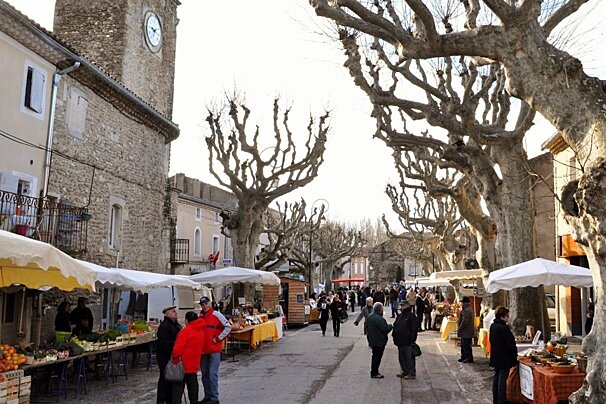
Richerenches Truffle Market
Head to the Avenue de la Rabasse in Richerenches for the famous Saturday truffle markets, which take place from November to March every year.

© SeeProvence.com

© SeeProvence.com

© SeeProvence.com
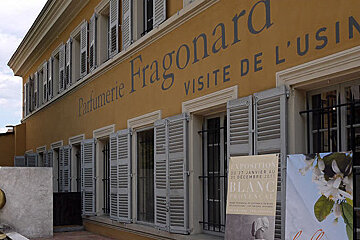
© SeeProvence.com

© SeeProvence.com
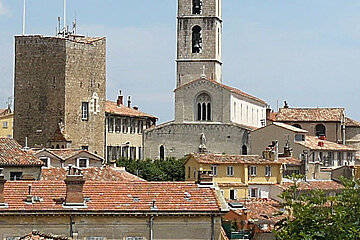
© SeeProvence.com
The world centre of perfume in the heart of the French Riviera
The town lies in the hills above Cannes and offers a fresher climate than the balmy coastal towns. A little bit scruffy in places, it does have some wonderful grand mansions in the centre and around the outskirts.
Blessed with a mild winter climate and a perfect setting on the southern slopes of Montagne de Doublier, Grasse has attracted visitors for centuries. In the early 19th century Pauline Borghese, Napoleon's favourite sister, spent a winter there. Queen Victoria was so taken by Grasse, its climate and surroundings, that she returned several times to winter at the Rothschild's villa. Today, the town has a substantial population of expatriates: the many villas and apartment complexes on the hill sides are witness to the fact.
Its prime location (only 15km from Cannes, 40km from Nice) is not the only attraction of Grasse. What makes the tourists arrive in droves is the scent of flowers, concentrated and powerful - Grasse is the perfume capital of the world. When you approach the town, you'll soon become aware of that fact. Billboards invite you to a free tour of one of the major perfume factories: Fragonard, Galimard or Molinard. These tours are worthwhile and educational about the intricacies of perfume making. They're not a tourist trap, even though at the end the guides will steer you to the factory store where you can buy fragrances, soaps and other local products.
Beyond its perfume connection, Grasse presents a charming old town with winding streets and surprisingly quiet squares and alleys. When in the main streets of the old town and its string of shops, you'll find yourself transported into the scented world. It's impossible to avoid the displays of dried flower petals (create your own mix), soaps, eau de toilette, and other items of fragrance. Indulge yourself in the richness of scent. If it begins to overwhelm you, find your escape to the Mediterranean sea, or the quiet of a Provençal village, just a few miles to the north or west of this perfume centre of the world.
It has an authentic old medieval centre which you can wander around with the help of a free walking map available from the tourist office. You'll find plenty of cafes and restaurants (Place aux Aires), gift shops, and of course, perfume shops.
Every Wednesday there is an Antiques Market in the centre of Grasse on the terraces of the Cours Honoré Cresp.

Head to the Avenue de la Rabasse in Richerenches for the famous Saturday truffle markets, which take place from November to March every year.
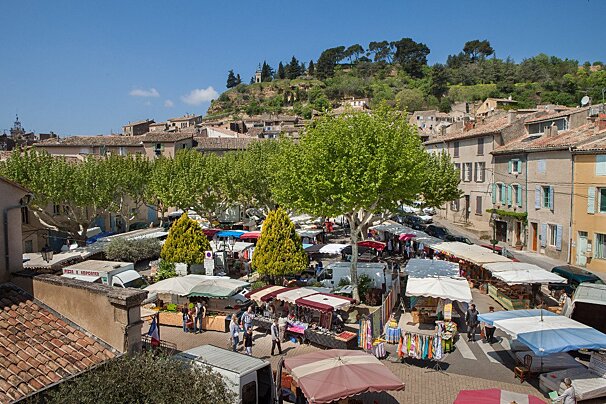
Read our Provence markets page to find out which market to visit when in Provence. From the vibrant array of local produce to the delightful scent of freshly baked delicacies, visiting a Provencal market is an absolute must for anyone exploring the charms of Provence.

The Fête de la Musique is a celebration that takes place every summer solstice on 21 June in cities, towns and villages across France.

Bastille Day is celebrated across the whole of France with a bang...well, several in fact, fireworks always feature heavily.

Exceptional locations around France, including Provence, will be open to visit on the Journées du Patrimoine - a European wide event inspired by by France’s Journées Portes Ouvertes which started in 1984.
The history of perfume making in Grasse is fascinating.
From the Middle Ages the town was known for its tanneries, glove-making in particular. Then, in the 16th century, scented gloves became highly fashionable in a smelly world and Grasse was eager to follow the trend. Blessed with a surrounding countryside full of flowers, the town and its tanneries quickly became the foremost producer of these fragrant gloves. While the fashion of scented gloves faded away, the attraction to fragrance remained. The tanneries became the perfume houses which remain today.
One thing has changed, however. The flower-growing countryside around Grasse has disappeared for the most part, to make way for villas and apartments. Ingredients that are essential for the fragrances, rose petals, jasmine, or lily-of-the-valley, are now imported from countries such as Turkey.
One of the best natural sights to visit in the area is the Gorges du Loup. A beautiful area that is great for walking, hiking or just a Sunday drive along the road.
There are many perfume factories and producers but perhaps one of the best to visit is the Parfumerier Fragonard which is one of the oldest and hosts a great museum about the history of perfume.
If you're a history buff or art lover then you must not miss a trip to the Cathedral in Grasse, with a simple interior yet rich history this building also houses works of art by some of the great masters of painting including Rubens. Follow the signs to the Notre Dame du Puy cathedral, stemming from the 11th century, but completely renovated in the 17th.
Explore the history of Eastern Provence in this small museum. The Musee d'Art et d'Histoire de Provence give you a real flavour of life in Provence through the ages. Entry is free.

Grasse is the world capital of perfumes. At this museum you can discover the ancient tradition of parfumerie and learn how to create your own, unique scent.

With items from prehistoric times, and fine arts and decorative arts from as early as the 17th century, all the way up to the first half of the 20th century.

This historic perfume factory is in the heart of the Old Town and is one of the oldest in Grasse, constructed in 1782.
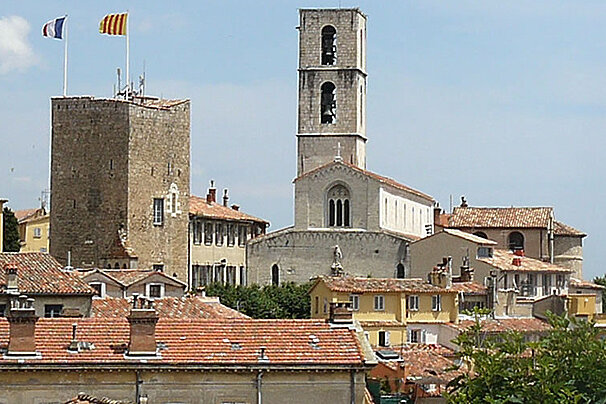
The medieval church of Notre-Dame du Puy was raised to cathedral status in 1244, when the bishop transferred from Antibes to Grasse.
Grasse is abundant with good restaurants and pretty pavement cafes. Provencal food dominates, but there is quite a wide range of cuisines to be found in the old town of Grasse, even Asian if that takes your fancy. If Michelin star elegance, refined Provencal food and a stunning terrace is what you seek, head to Le Bastide St-Antoine, while La Licorne is known for providing excellent food for a reasonable price and La Malouine is the place to head for delicious crepes. There are also some award-winning restaurants to be found in the nearby little villages; such as Au Fil du Temps in Magagnosc.
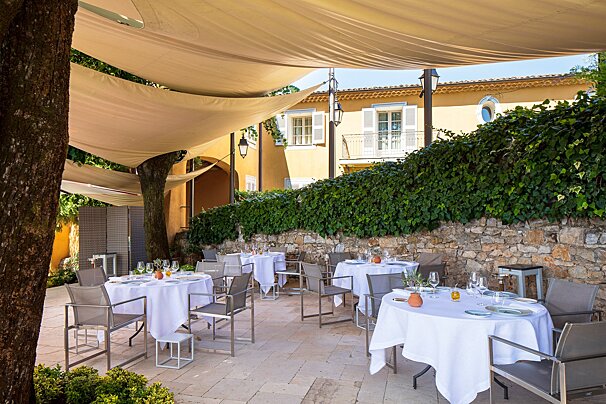
Michelin-starred La Bastide Saint-Antoine offers a refined retreat near Cannes, where chef Jacques Chibois creates inspired Provençal cuisine. Set in a stunning country house with lush gardens and panoramic sea views, it’s the perfect blend of gastronomy, elegance, and tranquillity.
Fragonard, Galimard, Molinard are three historic perfume-makers which open their doors to run tours. You can also make your own perfume at the Galinard or Molinard workshops, or visit the flower fields that are used to make the fragrances, including those that go into making the famous Chanel no5.
You could take a guided walking tour or ride Le Petit Train to learn the town's proud history and marvel at the gorgeous villas and medieval buildings.
Just out of town, why not test out your high-ropes skills and head to the Riviera Nature Adventure Park, ziplining through the trees and enjoying the spectacular views, or explore some of the limestone caves in the surrounding hills with a spelunking club. You can also join the long range hiking path GR4 as it runs from alpine villages down to the Mediterranean, or visit the truly stunning cliffs and waterfalls of Gorges du Loup.

Located 30 minutes from Nice, Cannes and Antibes in a natural setting of 8 hectares, this karting set offers 3 circuits with a separate one for children, giving visitors the chance to race each other using high-tech go-karts.
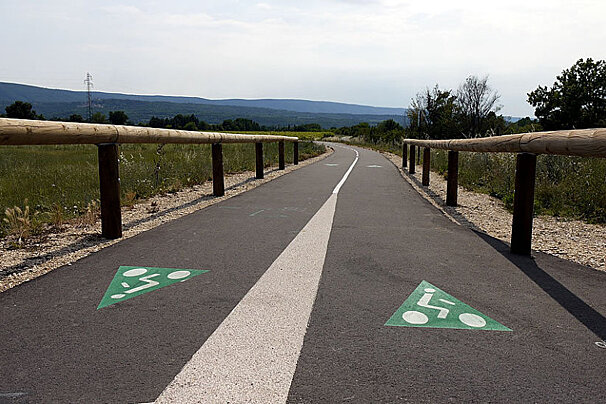
Following the Calavon river, this 28km long path was previously a railway track and is a great way to explore the hilltop villages around the area.

This half-day circuit takes you away from the bustle of the city and into the countryside, passing some historical landmarks along the way.

This delightful ride takes you through some of the most beautiful scenery in the area; vast Sault highlands, fields of lavender and golden crops. Along the way you can admire the magnificent views of Mont Ventoux and Montagne de Lure Mountain. You’ll pass through four charming old villages; each one crammed with ancient churches, crooked alleyways, splashing fountains and quaint little squares.
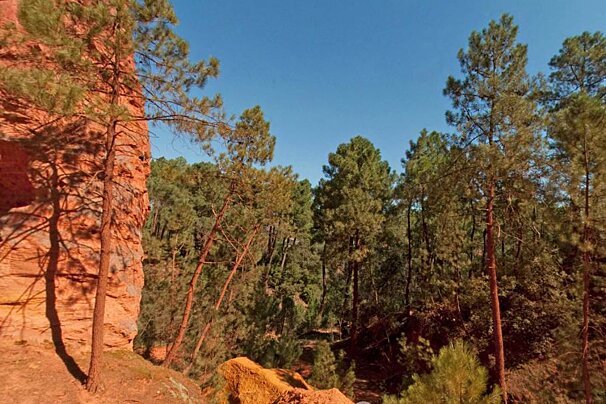
This ride is bursting with colour and vibrant views; starting off in the pretty little village of Roussillon it passes through the vivid landscape of the Ochre region, an area characterised by its deep red soil and golden wheat fields.
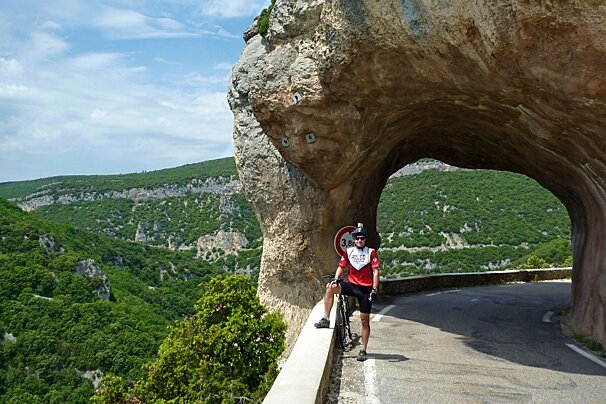
Second only to the Gorges du Verdon, the Gorge de la Nesque is one of the most visited and cycled parts of Provence. A stunning hydro geological site with fantastic cliffs, overhanging rock and a long winding river deep in the valley.
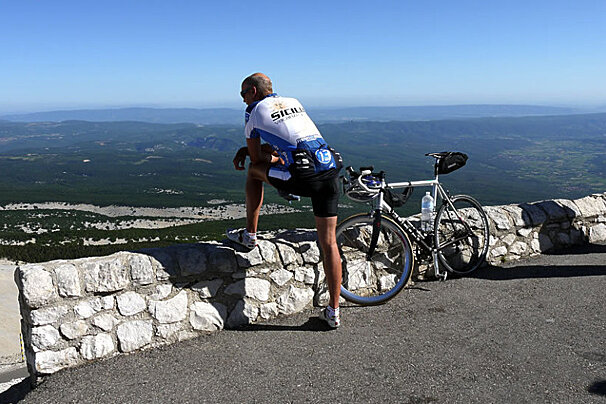
The climb of Mont Ventoux is perhaps most well known to those outside of the cycling community as a name associated with the Tour de France.
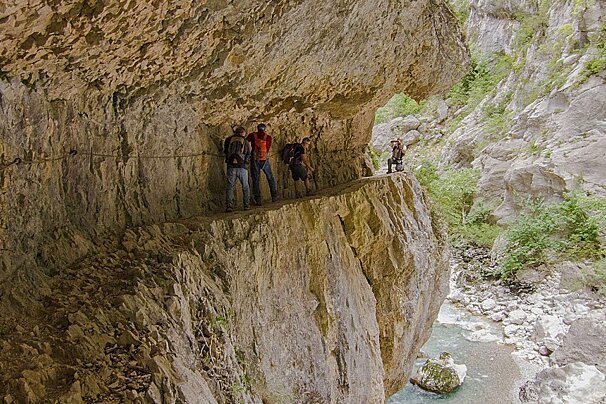
Regarded as one of the more difficult trails of the Verdon region, the l'Imbut trail is perfectly manageable for the competent hiker with the use of the fixed cables and ladders.

An interesting site not to be missed whilst in Provence. The wonderful views of the Villecroze caves and impressive scenery will take your breath away.

A 5-7 day walk leaving near the coast and making its way up the Verdon Gorge through the heart of the Verdon natural park.
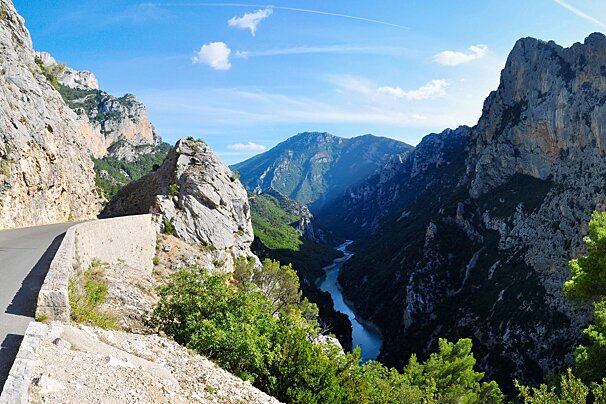

This walking route is for strong walkers or hikers, and can be completed in anywhere from 8-10 days.

An great easy walk for the days after rain fall to avoid the mud. Passing by the Chapel Toutes Aures, nestled in an olive grove.
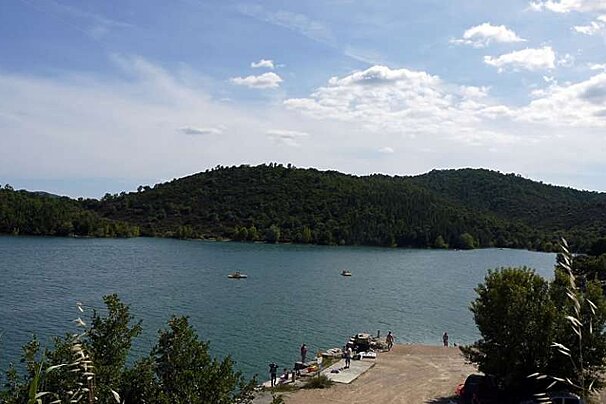
A lovely natural lake surrounded by the wooded landscape of the Var. The lake is perfect for a pedaloe trip rather than an adrenaline filled water sport, but it means it is perfect for families!

Jet-ski, waterskiing, wakeboard, wakesurf, parachute, canoe and paddleboard, Glisse Paradise have it all!

Cable park on Lake Rabinon (5 hectares) where you can water ski, knee board, and wake board.

Range of water sports and outdoor activities proposed by a professional guiding company.

The vastness and richness of this protected site offers an extraordinary dimension to sports such as rock-climbing and canyoning.

Sun Force is located on the famous Pampelonne beach. Its owner, Pierre Tourneq, has been running this business for over 30 years, surrounded by a fully qualified team.
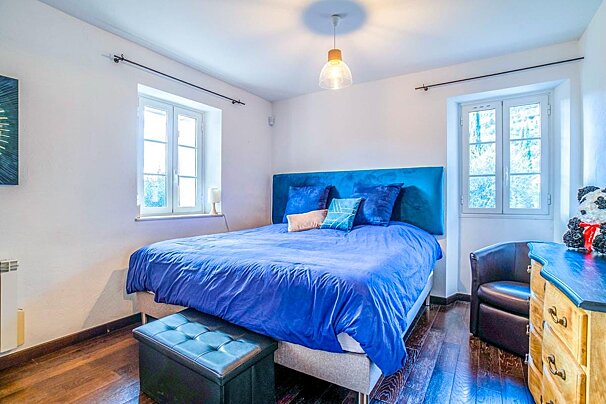
Papillon is a pretty stone villa with contemporary interiors suitable for families and close to pretty villages with restaurants that are typical of this bustling part of the Cote D'Azur.

Papillon is a pretty stone villa with contemporary interiors suitable for families and close to pretty villages with restaurants that are typical of this bustling part of the Cote D'Azur.
With plenty of fine hotels you'll be spoilt for choice in this beautiful location. From five star luxury to small boutique hotels and lovely guest houses, there is something to suit everyone and every occasion.

La Bastide Saint-Antoine in Grasse sits within five hectares of lush Mediterranean gardens and olive groves. It overlooks the surrounding plains and the Bay of Cannes, offering stunning views and a feast for the senses.

300 vehicles at your disposal. All taxi services and transfers airports and Railway stations.

All taxi services 24/7 within a 60 mile radius.

With an International fleet of jets and helicopters based across Europe it is quick and easy to get a private charter flight for business, pleasure or an airport transfer.
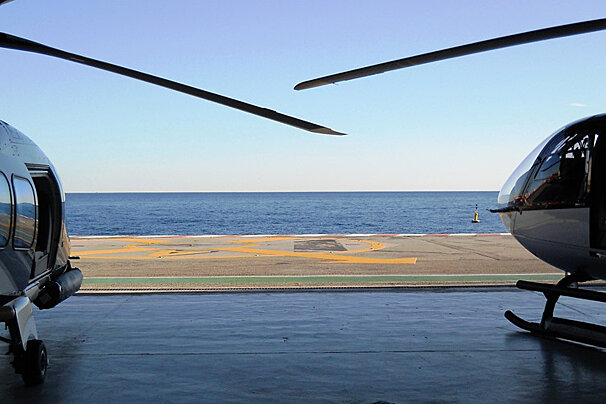
With a long history and experience in the VIP transport industry this company is proud of its personal and high-quality services.

Created in 1976 this company has grown and has now transported well over 100,000 passengers. They have a fleet of 12 craft to meet client demands.
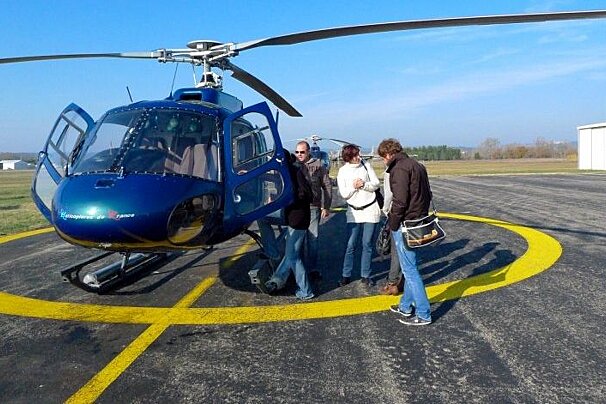
Helitec caters for all your helicopter needs from passenger transport to aerial photography, filming, transport of heavy goods, leisure flights over Provence and the South of France. A great way to see the most beautiful spots from the air.
Find out all about what is happening in Provence and how to make the most of your time here. The latest news, reviews of fun activities, current events and the trendiest restaurants, as well as interviews with leading locals, insider's guides and our top choices for things to do, see and experience in this picturesque French region.
See allLatest News & ReviewsProvence has a busy calendar of events all year round featuring art exhibitions, charming markets, cultural festivals and concerts. Spring and autumn are the time to celebrate local produce while during the peak holiday times, in the summer months, you will find world-renowned music and cultural events like the Choregies d'Orange or the Avignon Festival.
See allUpcoming Events